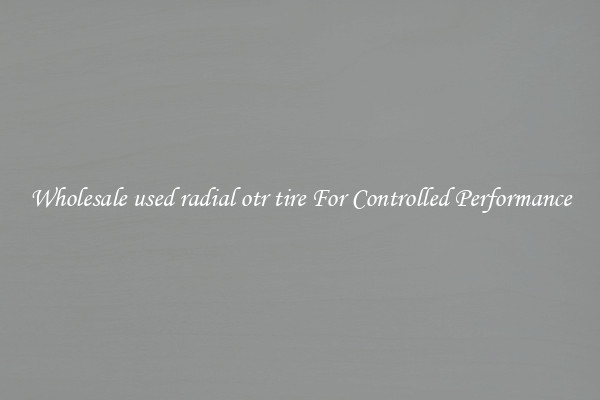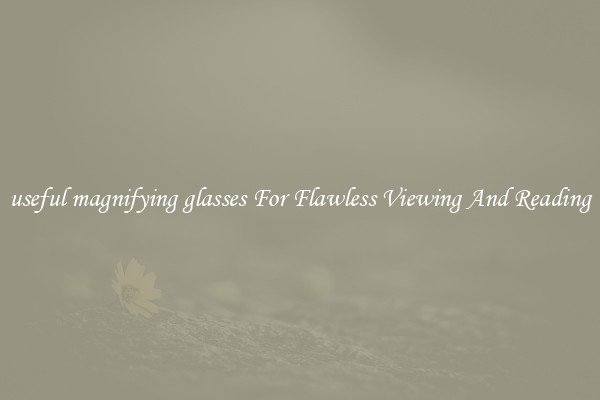broadcast lighting For Superior Performance
Broadcast lighting is a crucial element in any production, whether it be for television, film, or live streaming. The quality of lighting can greatly impact the overall look and feel of a broadcast, making it essential for achieving superior performance.

One of the key factors in broadcast lighting is consistency. Lighting must be consistent throughout a production to maintain a seamless look and prevent distractions for viewers. This means that all lights must be set up properly and balanced to ensure that each shot is well-lit and visually appealing. In addition, the color temperature of the lights must also be consistent to prevent any color imbalances that could affect the overall quality of the broadcast.
Another important aspect of broadcast lighting is flexibility. Lighting needs to be able to adapt to different situations and environments, whether it be a studio setting or an outdoor location. This requires the use of various lighting techniques such as key, fill, and backlighting to create depth and dimension in the shot. Additionally, the use of different types of lights such as spotlights, floodlights, and softboxes allows for greater control and customization of the lighting setup.
Quality of light is also a key consideration in broadcast lighting. Harsh lighting can create unflattering shadows and wash out the colors of a scene, while soft lighting can help create a more pleasing aesthetic. It is important to use high-quality lights that provide a good color rendering index (CRI) to ensure that the colors on screen appear natural and vibrant.
Lastly, energy efficiency is a growing concern in broadcast lighting. LED lights have become increasingly popular in recent years due to their low energy consumption and long lifespan. They also emit less heat, making them more comfortable for talent and crew to work under. Additionally, LED lights are durable and lightweight, making them easy to transport and set up for a variety of productions.
In conclusion, broadcast lighting is essential for achieving superior performance in any production. Consistency, flexibility, quality of light, and energy efficiency are all key considerations when designing a lighting setup for a broadcast. By utilizing high-quality lights and techniques, broadcasters can ensure that their productions look professional and visually engaging.

View details

View details

View details

View details








